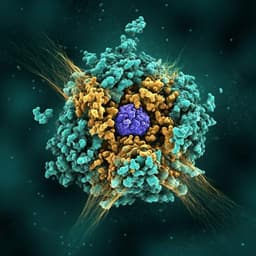
Medicine and Health
Cost-effectiveness of sacituzumab govitecan in hormone receptor-positive/ human epidermal growth factor receptor 2-negative metastatic breast cancer
D. Shi, Y. Li, et al.
Discover the findings of this pivotal study evaluating the cost-effectiveness of sacituzumab govitecan versus chemotherapy for HR+/HER2- metastatic breast cancer. Despite increased life-years and QALYs, the study reveals significant cost challenges, presenting an ICER of $612,772/QALY. This research, conducted by Demin Shi, Yan Li, Xueyan Liang, and Lingyuan Chen, highlights the urgent need for price reductions to enhance SG's feasibility.
Related Publications
Explore these studies to deepen your understanding of the subject.







